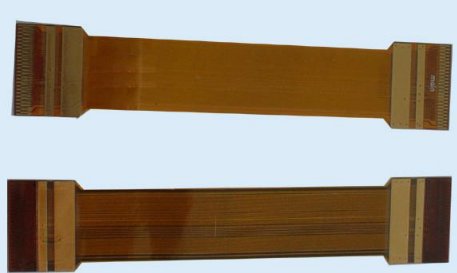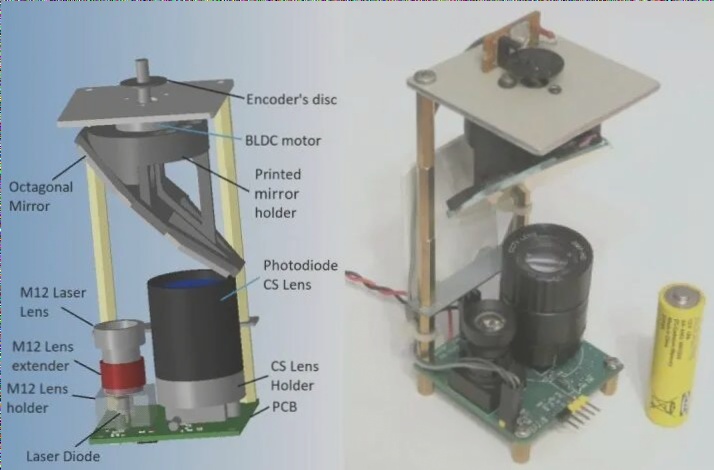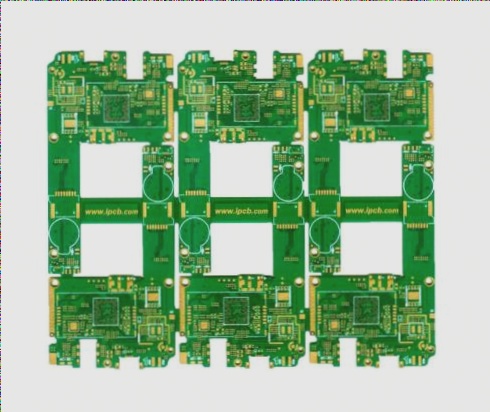Understanding PCB Welding Quality
Welding plays a crucial role in the production of printed circuit boards (PCBs). PCBs act as a foundation for electronic components in various devices, facilitating vital electrical connections. As electronic technology advances, PCBs are becoming more intricate with increased layer counts. Despite having flawless designs, welding issues can result in defects, compromising the overall quality of the PCB. This can lead to a decrease in the pass rate of the circuit board and impact the reliability of the final product. Therefore, it is essential to identify the factors affecting PCB welding quality, address welding defects’ root causes, and improve overall welding standards.
Common Causes of Welding Defects

When it comes to welding PCBs, various factors can contribute to welding defects. By understanding these factors, manufacturers can take proactive measures to enhance welding quality and minimize defects. Some common reasons for welding defects include:
- Poor soldering techniques
- Inadequate heat control
- Improper component placement
- Contaminants on the PCB surface
- Incorrect solder alloy composition




 العربية
العربية 简体中文
简体中文 Nederlands
Nederlands English
English Français
Français Deutsch
Deutsch Italiano
Italiano 日本語
日本語 한국어
한국어 Português
Português Русский
Русский Español
Español ไทย
ไทย